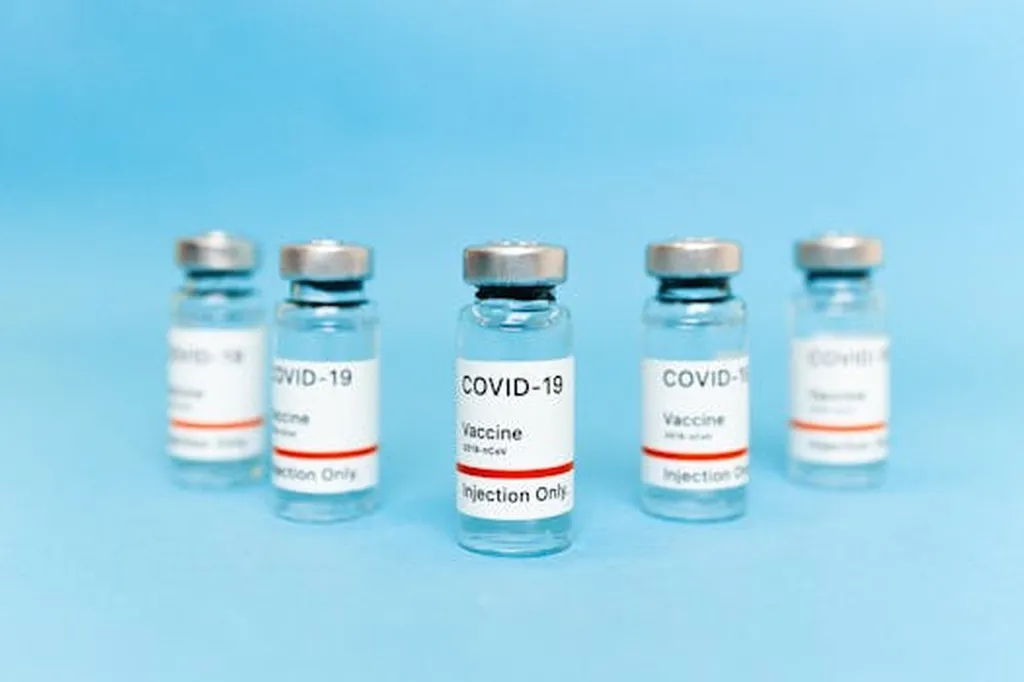In the quest for more efficient and sustainable wastewater treatment solutions, a team of researchers led by Irena Lenfeldova from the Faculty of Textile Engineering at the Technical University of Liberec in the Czech Republic has made a significant stride. Their work, published in the Journal of Engineered Fibers and Fabrics (translated as “Journal of Engineered Fibers and Textiles”), explores the potential of weft-knitted fabrics as an alternative to traditional plastic media in wastewater treatment processes.
The innovative approach focuses on creating weft-knitted fabrics with loose loops that facilitate water flow, mimicking the structure of commercially available plastic media like AnoxKaldnes. By carefully blending polypropylene and polyester yarns, the researchers achieved the necessary buoyancy to keep the fabric afloat, similar to water. This textile-based microfiber structure not only supports bacterial attachment but also enhances the overall efficiency of wastewater treatment.
Lenfeldova explains, “The textile-based microfiber structure supports bacterial attachment, which is crucial for the wastewater treatment process. Our goal was to develop a media that could improve cell capture and overall efficiency.”
The study involved tracking the surface bacteria covering in various locations of the media shape, including inner, outer, held, and transfer loops. The results showed that samples with high single jersey porosity significantly improved cell capture. This finding is particularly noteworthy as it suggests that the porosity of the weft-knitted media plays a critical role in enhancing the treatment process.
Lenfeldova further elaborates, “The results concerned yarn count and knitting parameters and recommended structure and patterning elements. Experimental tests did not confirm the necessity of openings in the media structure.”
The implications of this research are far-reaching, particularly for the energy sector. As wastewater treatment plants strive to become more energy-efficient and sustainable, the adoption of weft-knitted fabrics could offer a viable alternative to traditional plastic media. This innovation not only promises to improve the efficiency of wastewater treatment but also aligns with the growing demand for eco-friendly solutions in the energy sector.
The study’s findings suggest that a highly porous weft-knitted media, including simple pipe shapes, could serve as an effective alternative to plastic media. This could lead to significant advancements in the field, particularly in maintaining the existing infrastructure of wastewater treatment processes while enhancing their performance.
As the energy sector continues to evolve, the integration of innovative materials like weft-knitted fabrics could play a pivotal role in shaping the future of wastewater treatment. Lenfeldova’s research not only highlights the potential of textile-based solutions but also underscores the importance of ongoing research and development in this critical area.
In the words of Lenfeldova, “A highly porous weft-knitted media of the spatial shape, including the simple pipe shape, could be an alternative to a plastic one, which would benefit while maintaining the existing infrastructure of the wastewater treatment process.”
This research, published in the Journal of Engineered Fibers and Fabrics, opens new avenues for exploration and innovation in the field of wastewater treatment, offering a glimpse into a future where sustainable and efficient solutions are within reach.

